A Look at Some Insane Road-Legalized Porsche Race Cars
Coffee in one hand, noise-cancelling helmet on… The Petrolhead Corner gets loud!
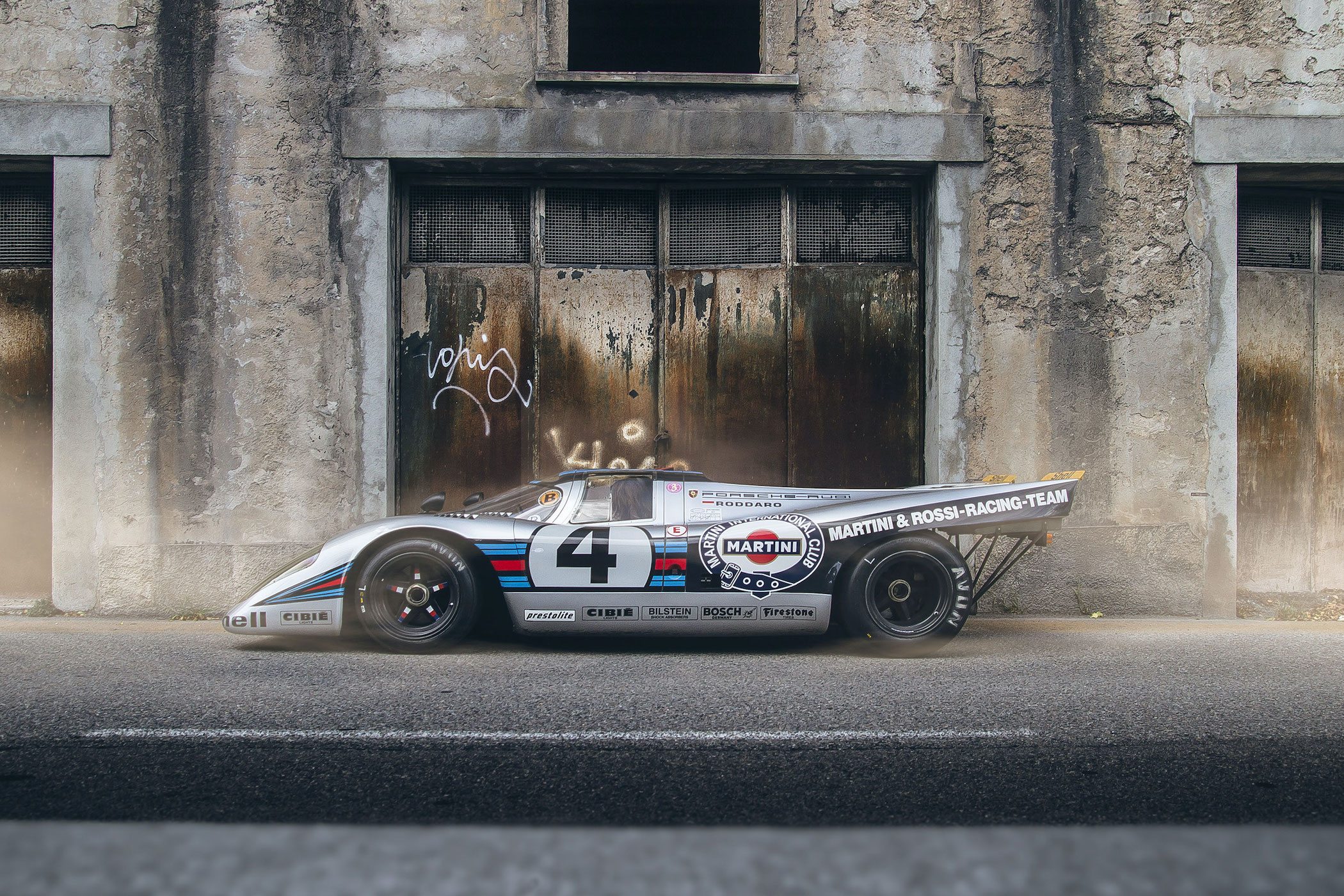
Picture this, you are behind the wheel of your precious supercar. A car with pedigree, quite a bit of horsepower, and illegal speeds readily available if you stomp on the loud pedal. All of a sudden, you hear something behind you. You don’t see it, you only hear it; a thunderous exhaust note. The traffic opens up, an extra lane becomes available, and you are passed by a 380km/h sportscar, full throttle! Not really an unimaginable scenario now, is it? Now picture it again, but the car passing you is a full-fledged fire breathing Le Mans sports prototype… from the 1970s… in full Martini livery! Today, the “Petrolhead Corner » looks at road-legal Porsche race cars.
Most race cars are adaptations of road cars, combined with only a handful of racing categories fielding sports prototypes or open-wheeled racers. On some occasions, the rulebook states that (a number of) homologation specials need to be built beside the factual race car. This results in some wild road cars based on race cars, like the Mercedes CLK GTR or the Porsche 911 GT1 – the good old days of GT1 Category. There are a few daring petrolheads out there, however, with pockets deep enough, who thought it could be a good idea to convert an actual race car into a road car. It sounds like an equally brilliant and mental idea! If the rules don’t dictate otherwise, there’s no need for a passenger seat, a radio, airbags, luggage space, spare tires and whatnot on a race car. We’ve got four examples lined up from four decades, by one manufacturer: Porsche.
If you search around the web, you’ll find there are more than just a handful of these type of cars. Sometimes by the manufacturer itself, sometimes by a racing team or tuning company, and sometimes by a daring individual.
Making the coolest race car even cooler, on the road – The Porsche 917
The first one we cover is a car that was raced in various trims from the late sixties to mid-seventies, clad in some of the most famous liveries ever, before being outlawed by regulation changes. The Porsche 917 I’m talking about took Porsche to their first overall victory at the Le Mans 24 hours. The 917-story is both legendary and fascinating, as we’ve explained before, especially how the car evolved from lower-tier models to “Der Panzer” in 1973. Power-output started at roughly 600hp, before turbocharging pushed it to a staggering 1,500hp in the Porsche 917/30 used in the Can-Am racing series.
There’s a number of road-legal 917’s out there, the most famous one is probably the 917K-030 (K for Kurzheck, or shorttail). Commissioned by Gregorio di Rossi di Montelera, heir to the Martini & Rossi drinks company, it was the first successful conversion. Licensed under a US Alabama plate at first, and currently, under Texas registration, it is occasionally used in events like the Goodwood Festival of Speed. This road-going Porsche 917K-030 has the same race-bred engine, so one can expect menacing performance figures!
More details about the Martini road-legal Porsche 917 here, at drivetribe.com.
Another conversion was done in 2016, by Monaco resident Claudio Roddaro. On the contrary to Count Rossi, Roddaro went to Germany and successfully applied for licensing on his Porsche 917K-037. Although it never actually raced, it was entered in the 1970 Le Mans by Gulf Racing. During the licensing process, Porsche confirmed around 95% of the parts of the car were original. The 917K-037 is only occasionally spotted on the roads of the principality.
Check a fantastic article on Road & Track covering the full story of Roddaro’s converted 917K.
Moby Dick on the road… The road-going Porsche 935 Kremer K3
Where the 917 is a rather elegant car to behold, despite being a menacing beast, the Porsche 935 series, also from the seventies, was a very different beast. Preceded by the Porsche 911-based 934 series, the 935 series took things to the extreme. Like the 917, it came in a range of guises with ever-evolving aerodynamic packages and ever-increasing power outputs. The most extreme version is the 935/78 ‘Moby Dick’, producing a massive 845bhp and topping out at over 370kph. At the 1979 running of the Le Mans 24 Hours, it managed to score a 1-2-3 finish, proving the might of this GT-style racer.
The Porsche 934’s and 935’s have been entered not only by Porsche as a factory racer but also other teams, sometimes with factory support. Kremer Racing, from Germany, is perhaps the best-known non-factory team. Canadian millionaire Walter Wolf, also the man behind F1 team Wolf Racing, persuaded Kremer Racing to develop a 935K3 for the road, and they eventually did. A true one-off, it comes equipped with a 2.85-litre twin-turbo flat-six, pushing 740hp to the rear wheels. The car is fitted with a body true to the racing version, including that massive “whale-tail” spoiler. Can you believe the engine was even slightly detuned, to keep it a bit more reliable?
More details about the road-going Porsche 935 Kremer K3 here, at Classic Driver. Photos: Mathieu Bonnevie for Classic Driver, 2018.
The crazy 1980s and a Group-C for the Autobahn
As racing evolved into the eighties, the revolutionary Group C racing offered up some of the most memorable cars in racing history. Porsche basically dominated the decade, with the 956 and 962. Combined, these cars racked up an astonishing 232 victories over a 12-year lifespan, including seven overall wins at the Le Mans 24 Hours. Even as late as 1994, a Dauer rebadged Porsche 962 won the gruelling 24-hour race at Le Mans, 12 years after its first race.
Supercar and hypercar culture in Japan is rather different than what we know in Europe or the US. But, as this Porsche 956 demonstrates, one Japan businessman had the idea to make one road legal, just like the previous examples. Technically, this is not a Porsche 962, nor a Porsche 956, but a combination of mechanical bits from both. The twin-turbo flat-six engine of the 956/962 is still present, producing similar power like the aforementioned 917K, although technological developments make these much, much faster around a track.
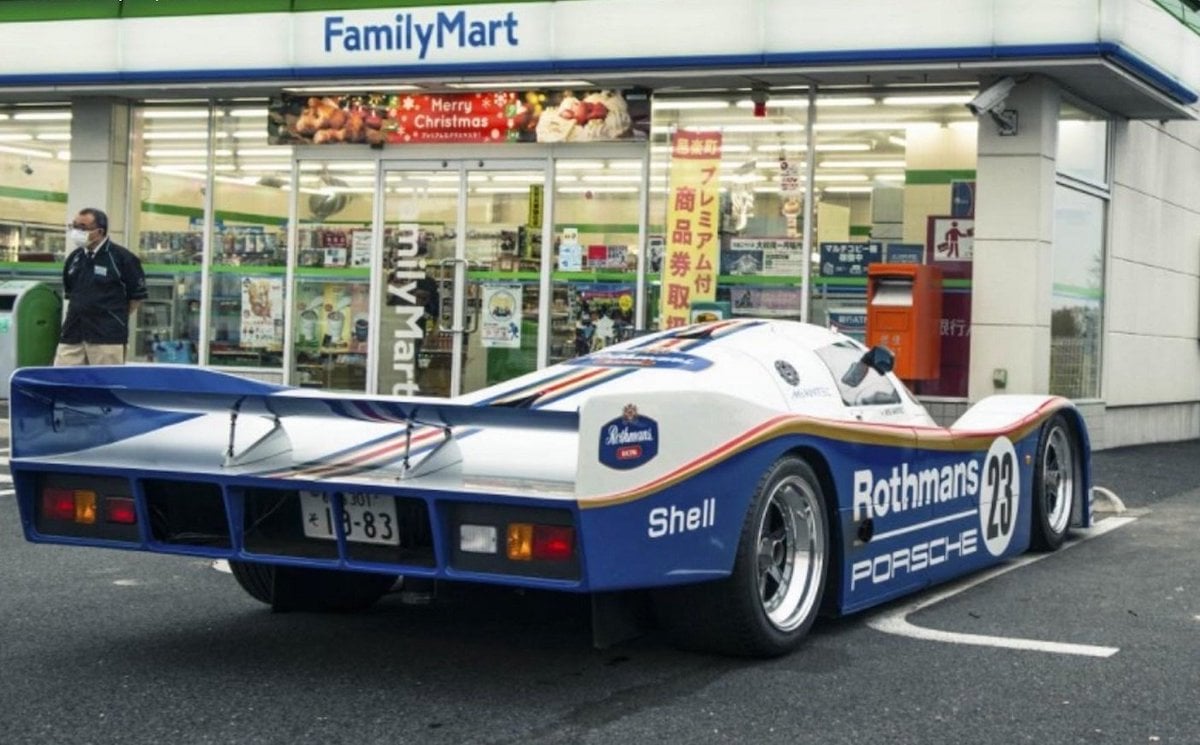
Check this article on Top Gear for more details.
A Road-legal Porsche 911 GT1… But far more aggressive than the classic “Straßenversion”
Jump forward a decade yet again, and you’d imagine the possibilities to convert such cars to road use becomes virtually impossible. But no! Turns out you need only minor adjustments to make a Daytona 24-hour podium-finishing Porsche 911 GT1 road legal in the UK. Goodwood Road & Racing shared this awesome video a while back, hitching a ride when heading to the 75th Goodwood Members Meeting.
The Porsche 911 GT1 was a mix of the 993 generation 911 GT3 and, hello again, a Porsche 962! The looks of the car might suggest it is a 911 underneath, but actually it is mid-engined instead of rear-engined. Its engine produces around 600hp although variations in boost-pressure may result in even more power. It is a rather interesting story how the 911 GT1 developed over the years, and sadly it wasn’t the dominant race car Porsche hoped it would be despite winning at Le Mans again.
Goodwood Road & Racing covers the Porsche 911 GT1 in this interesting, fact riddled article.

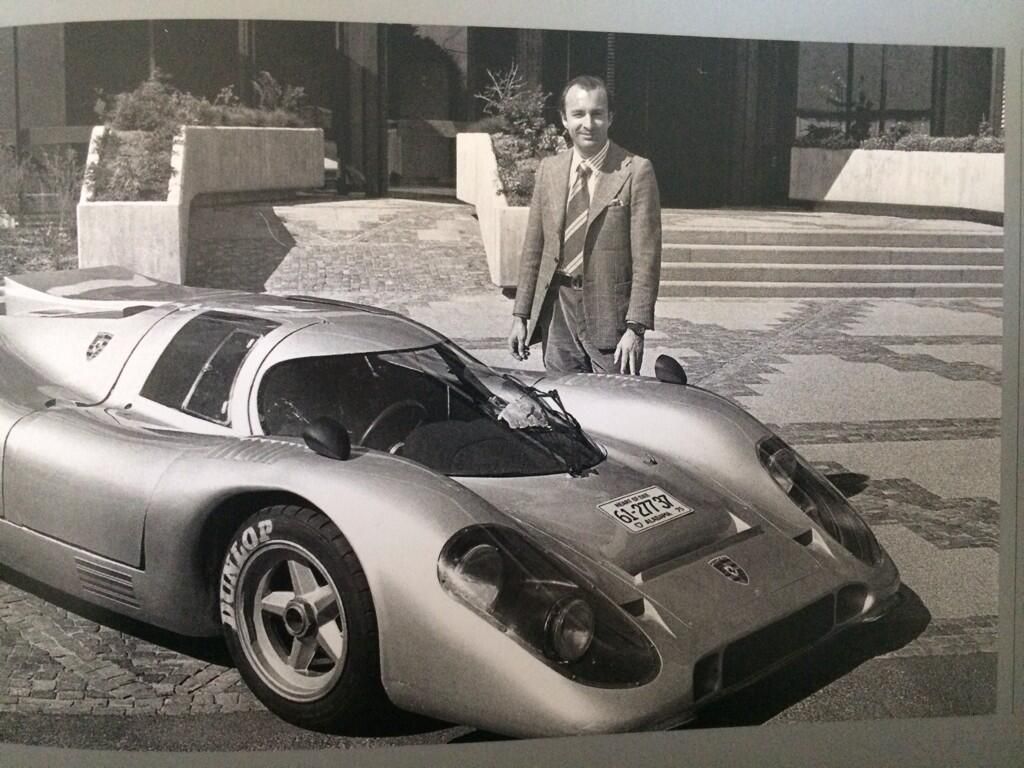
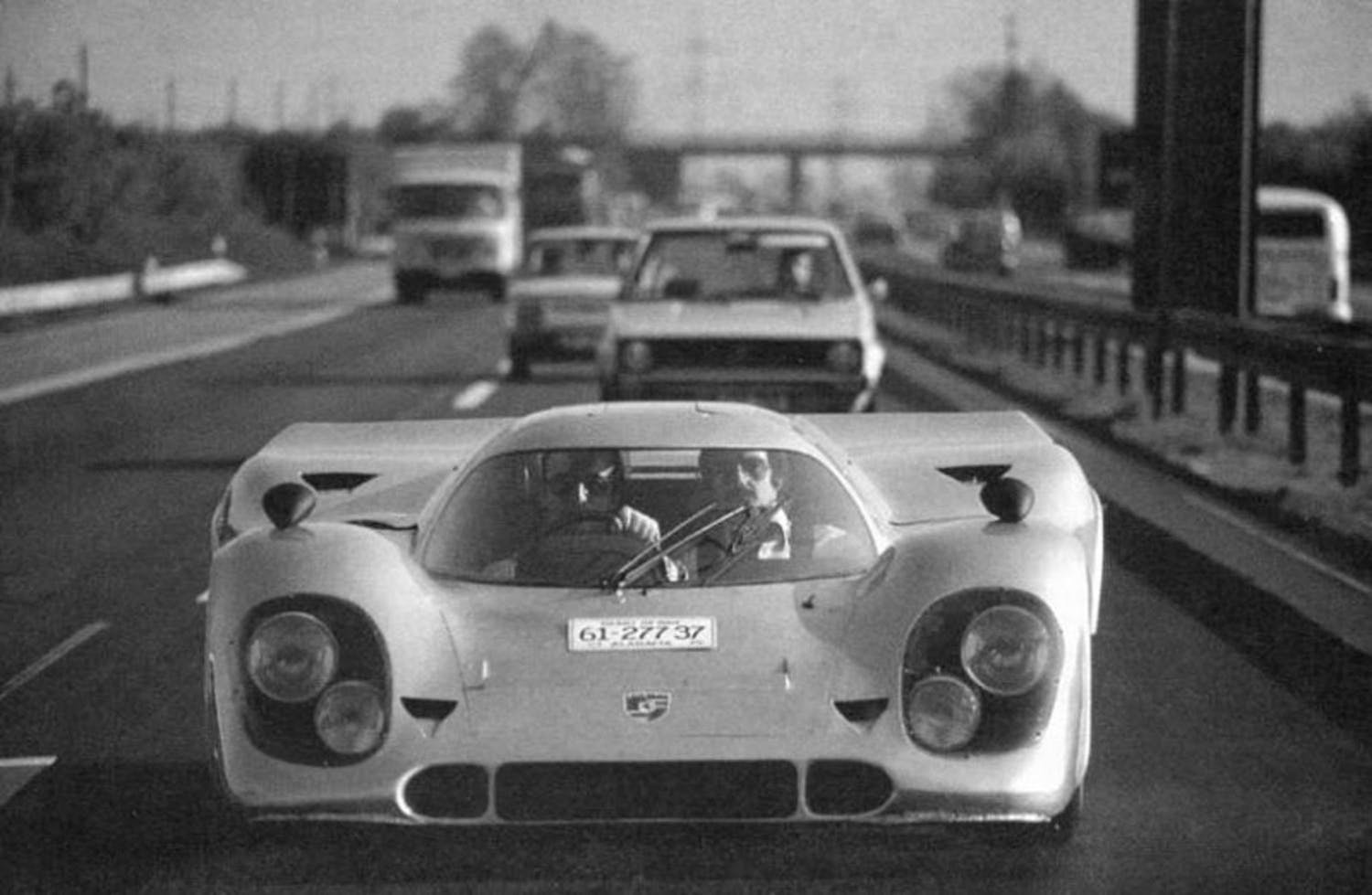

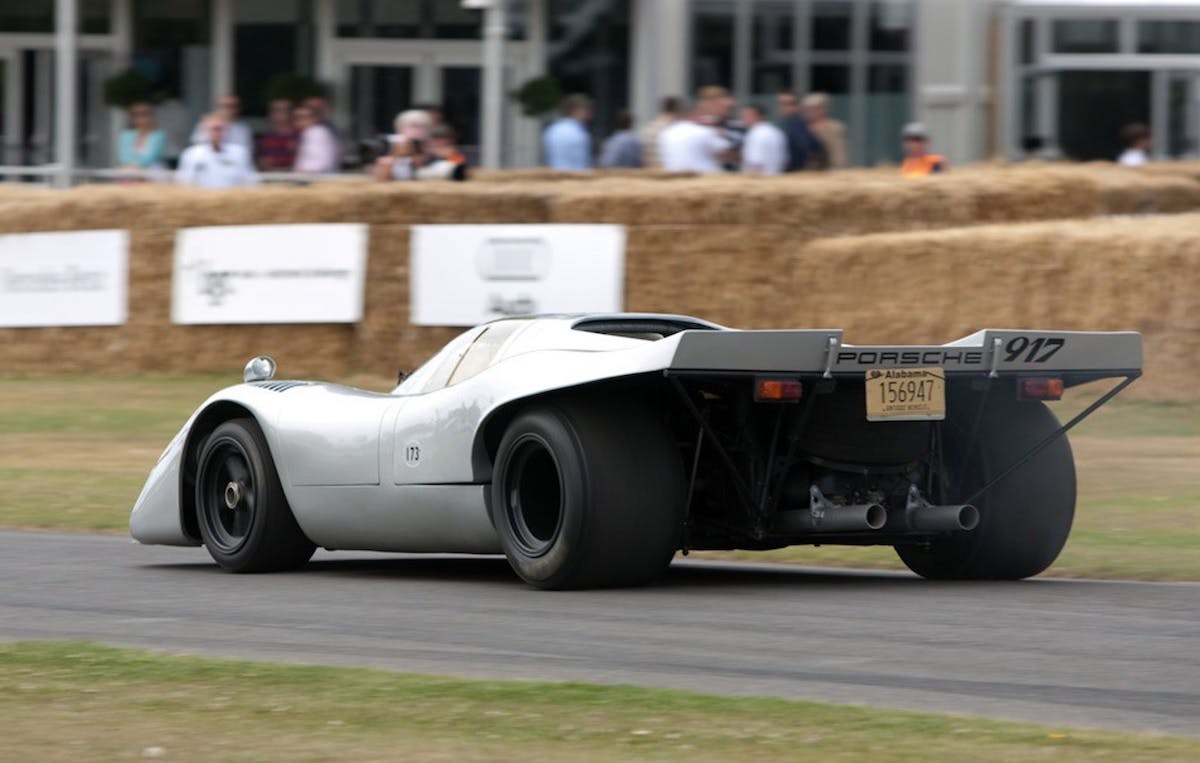
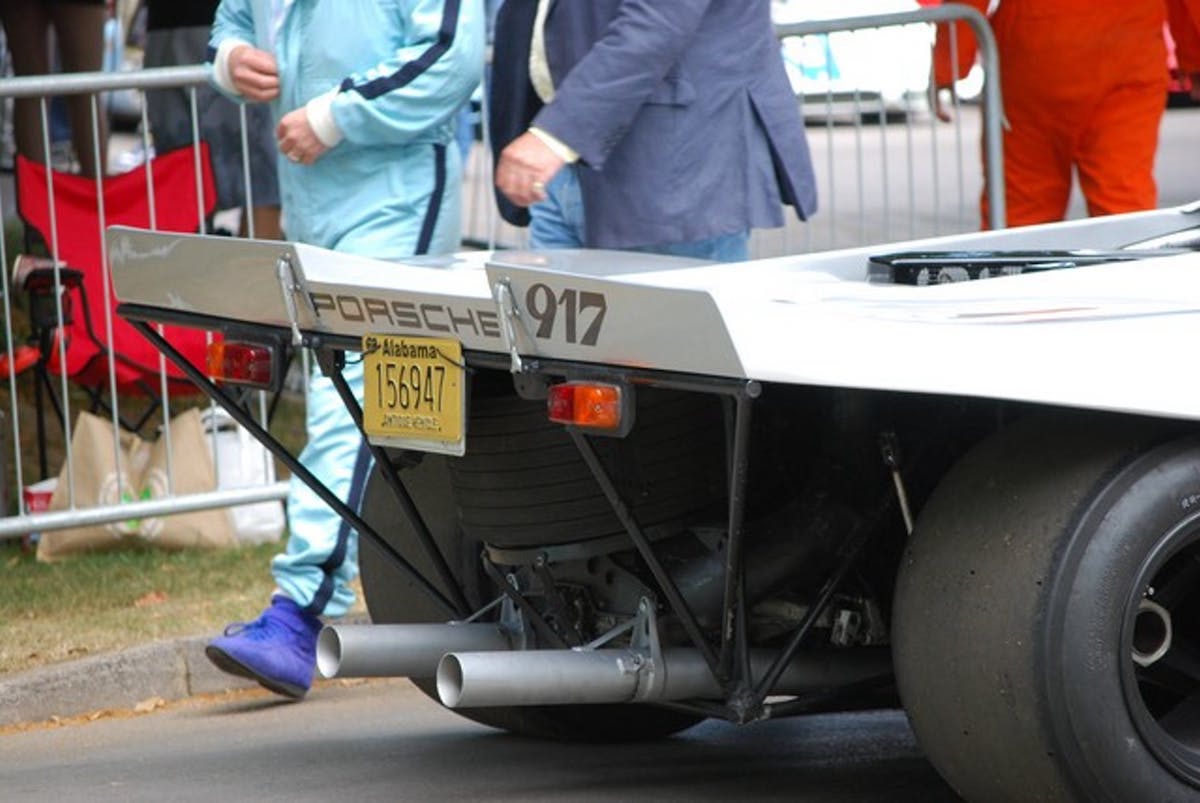
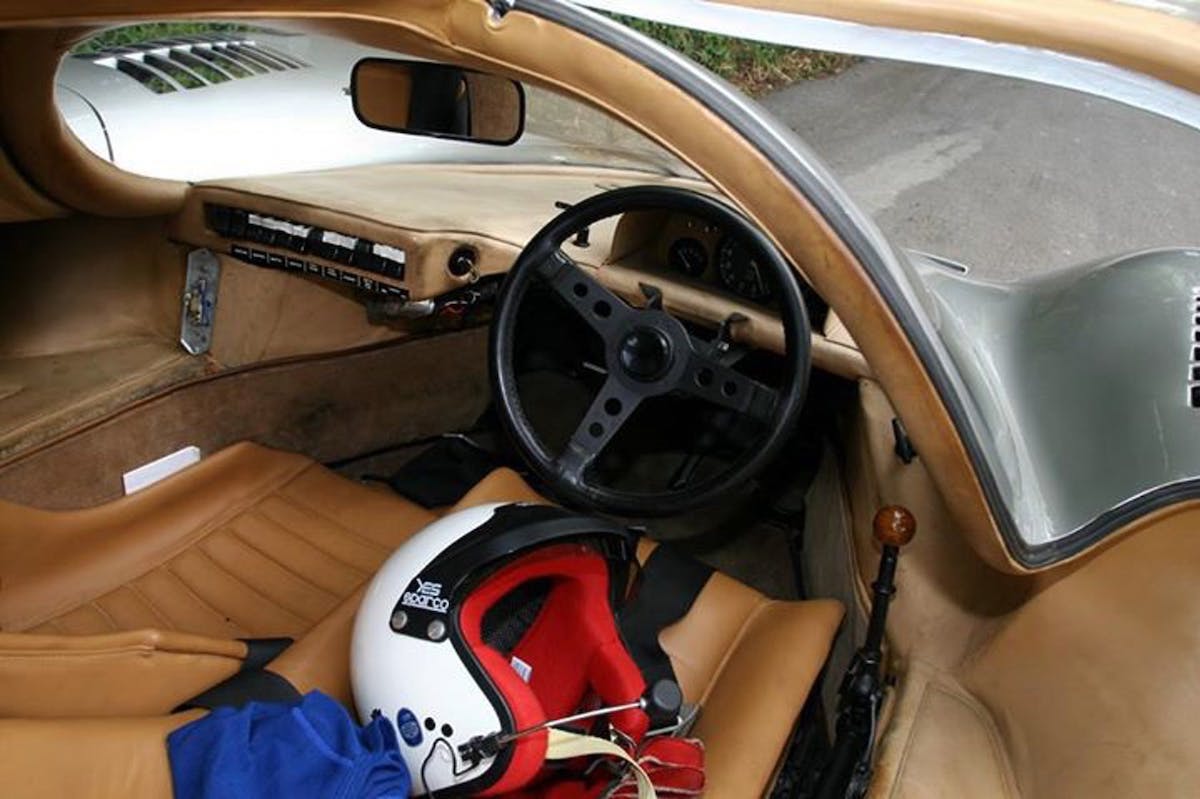
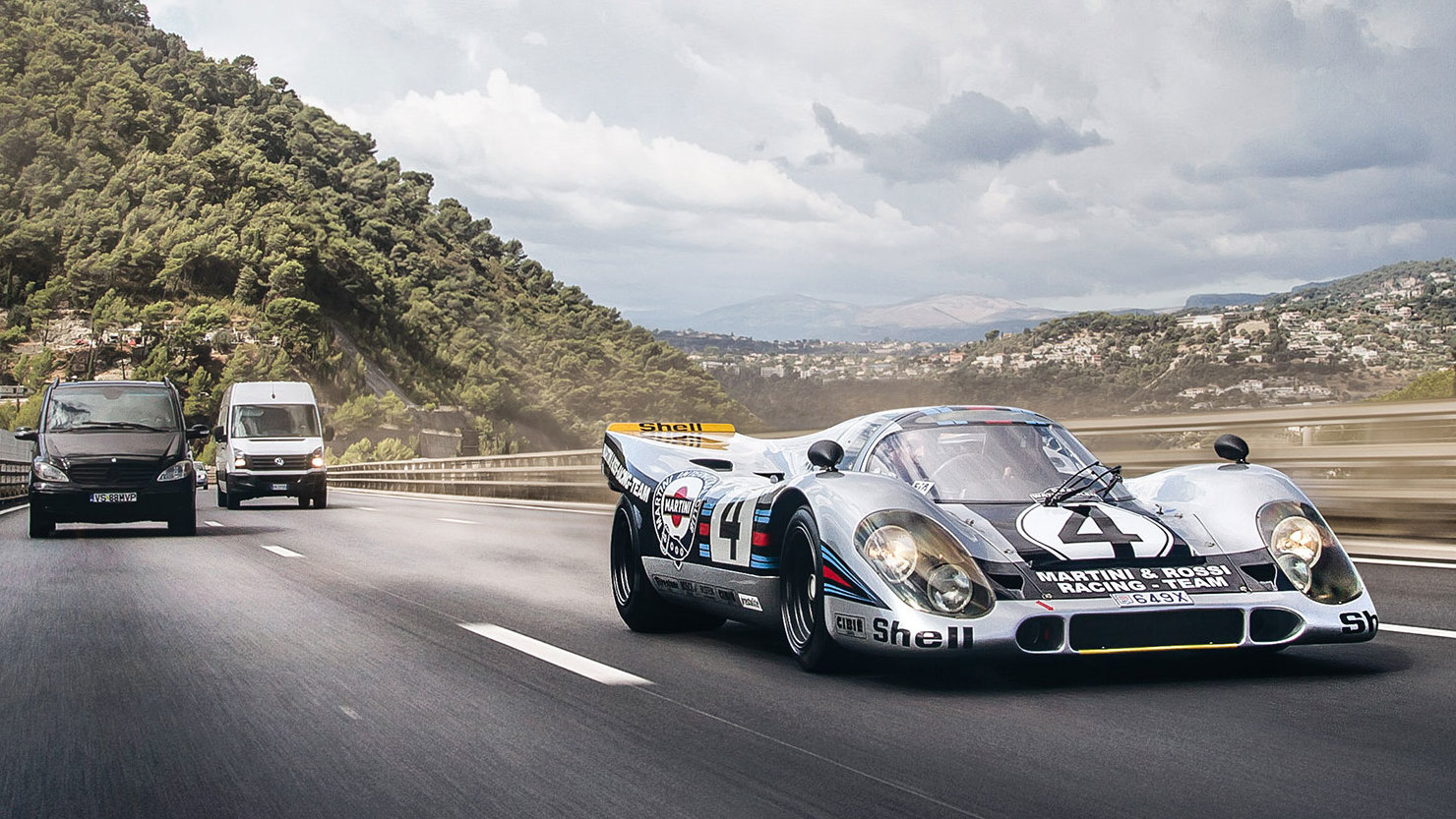
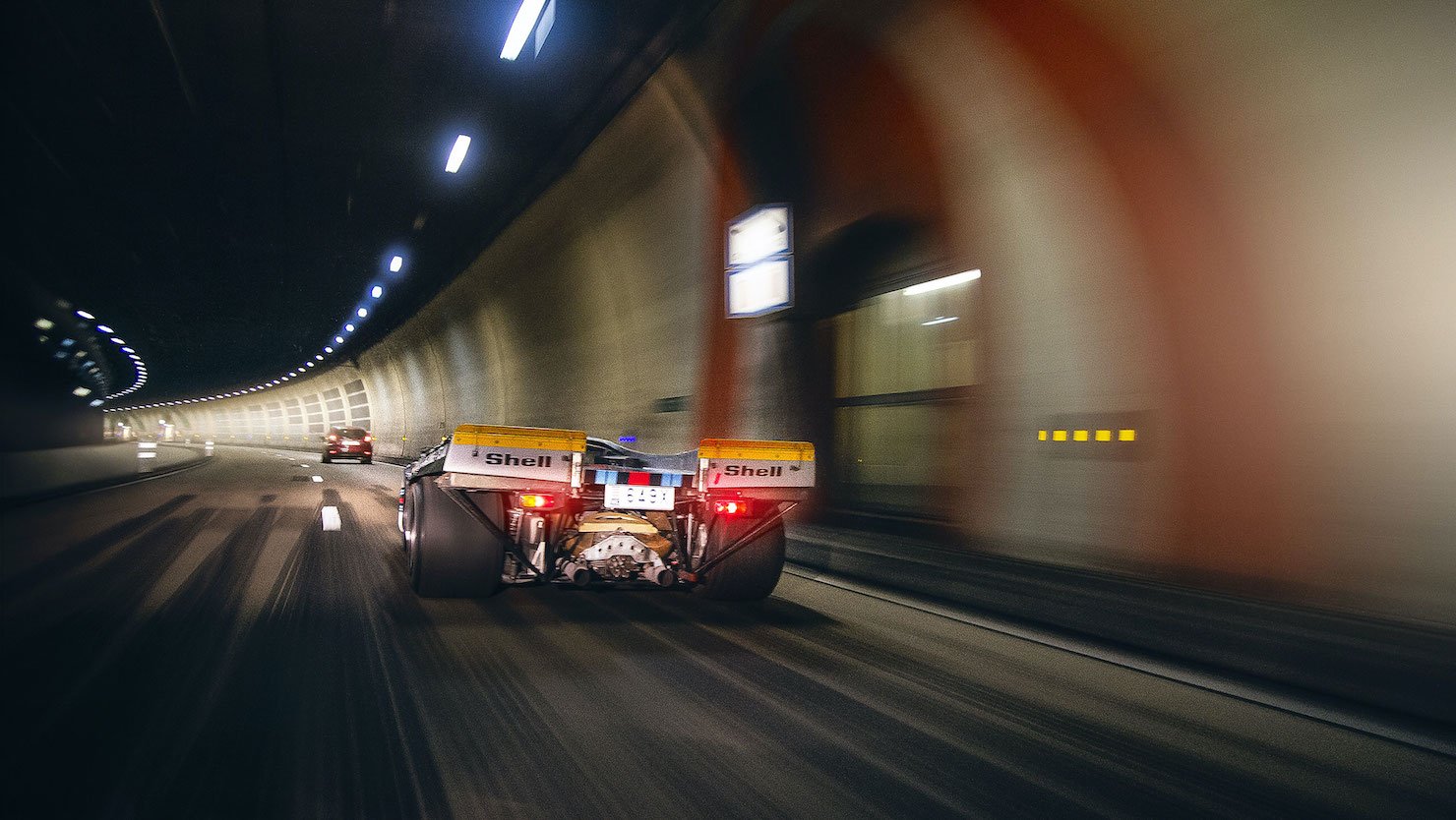
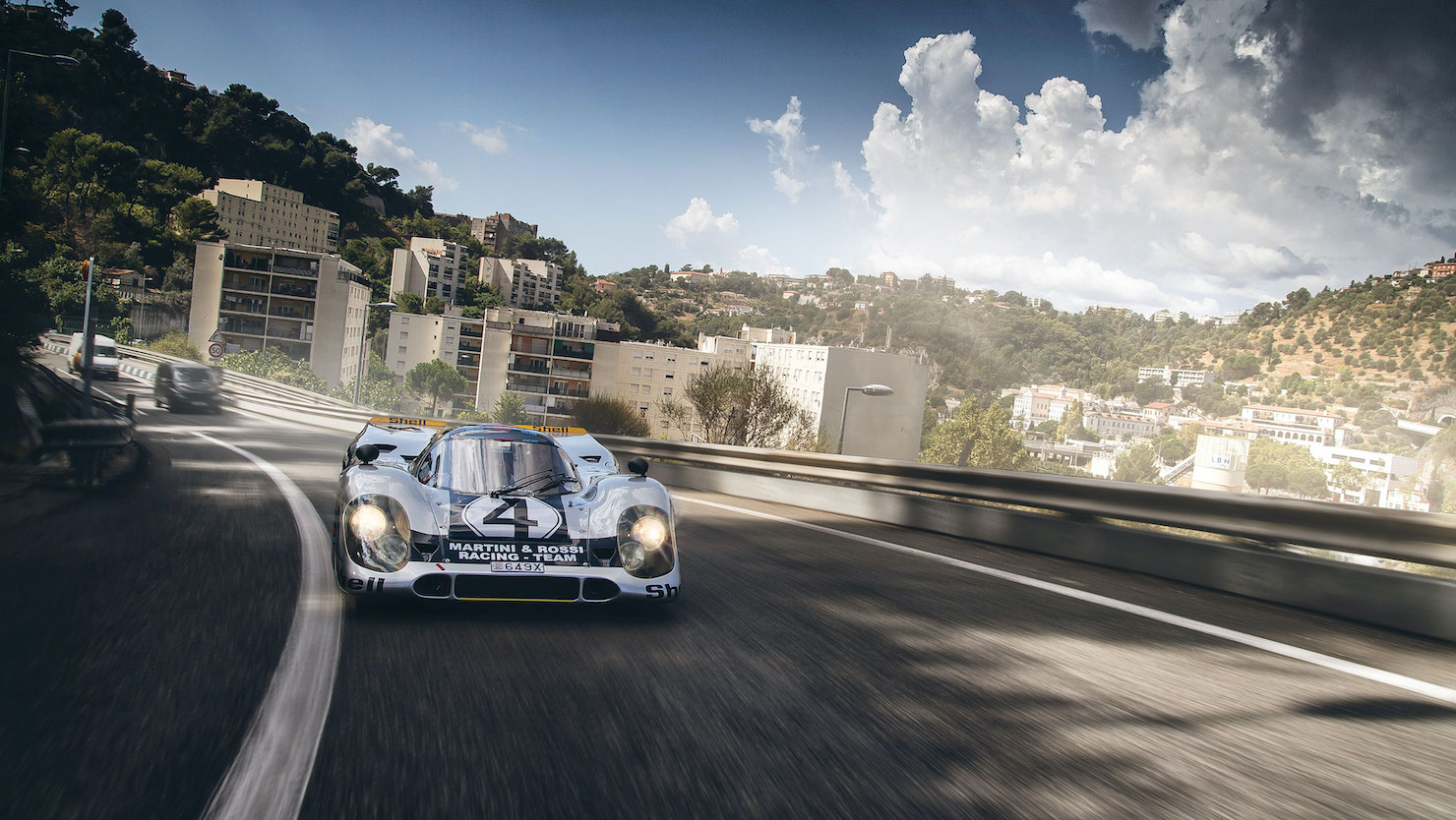

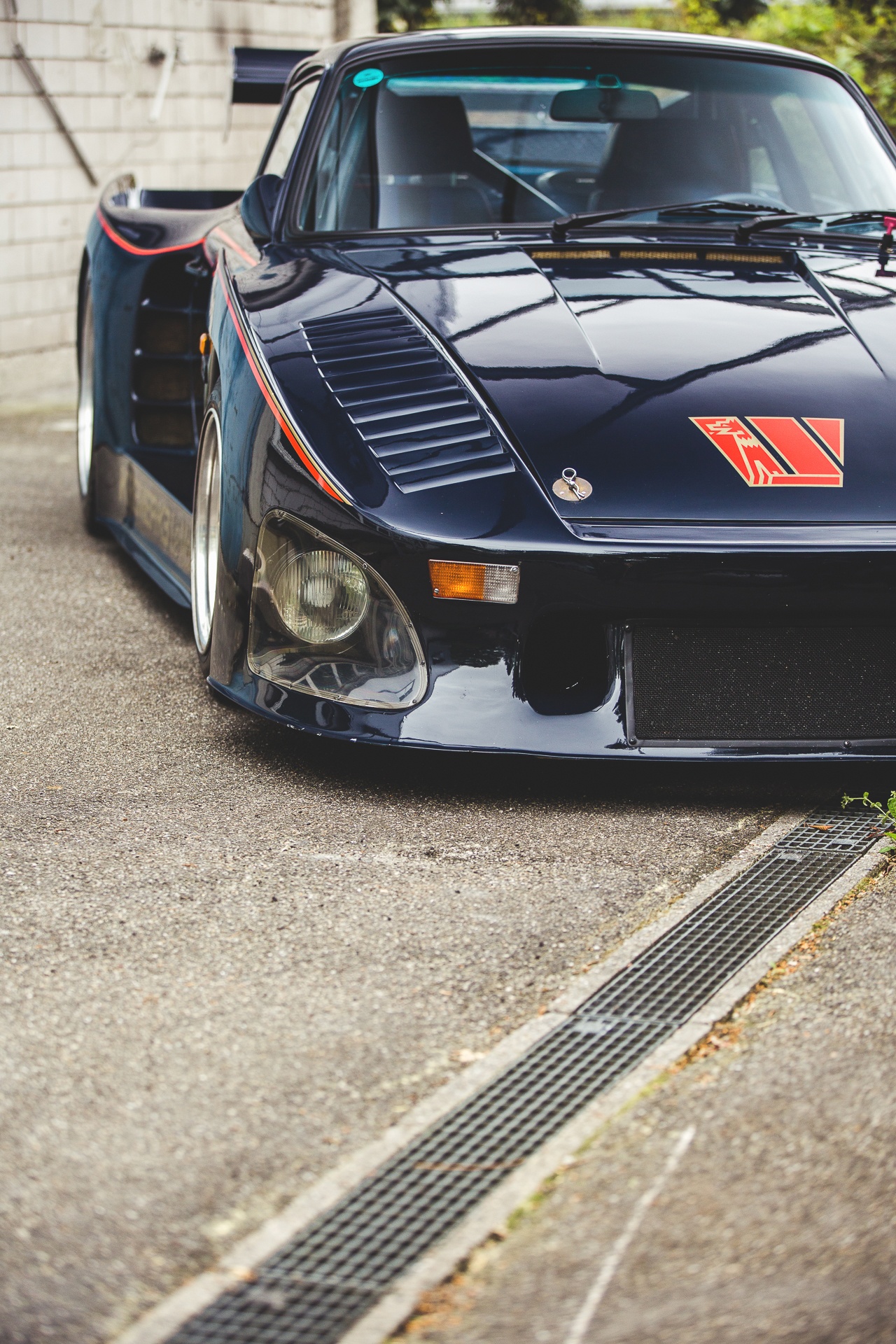
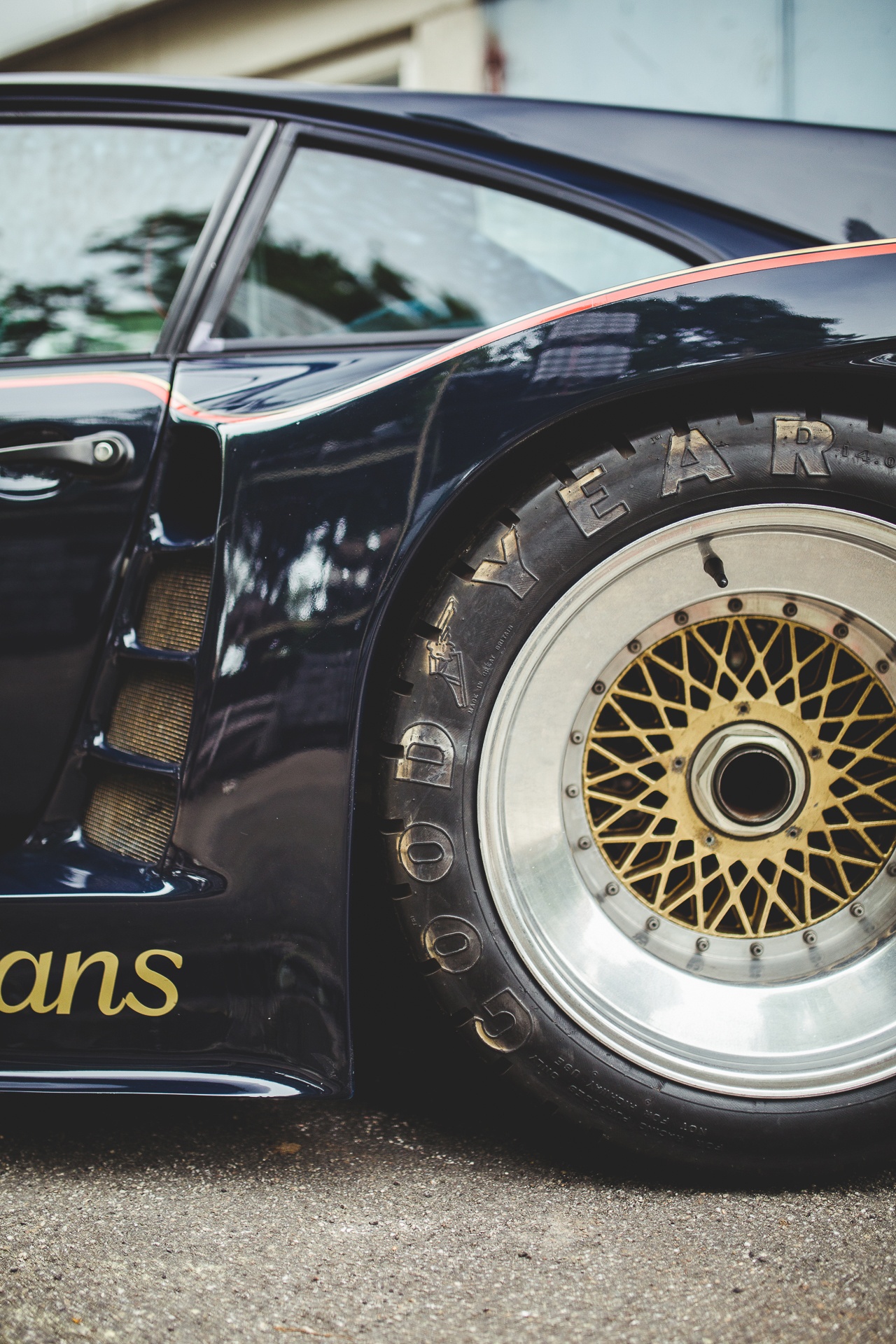
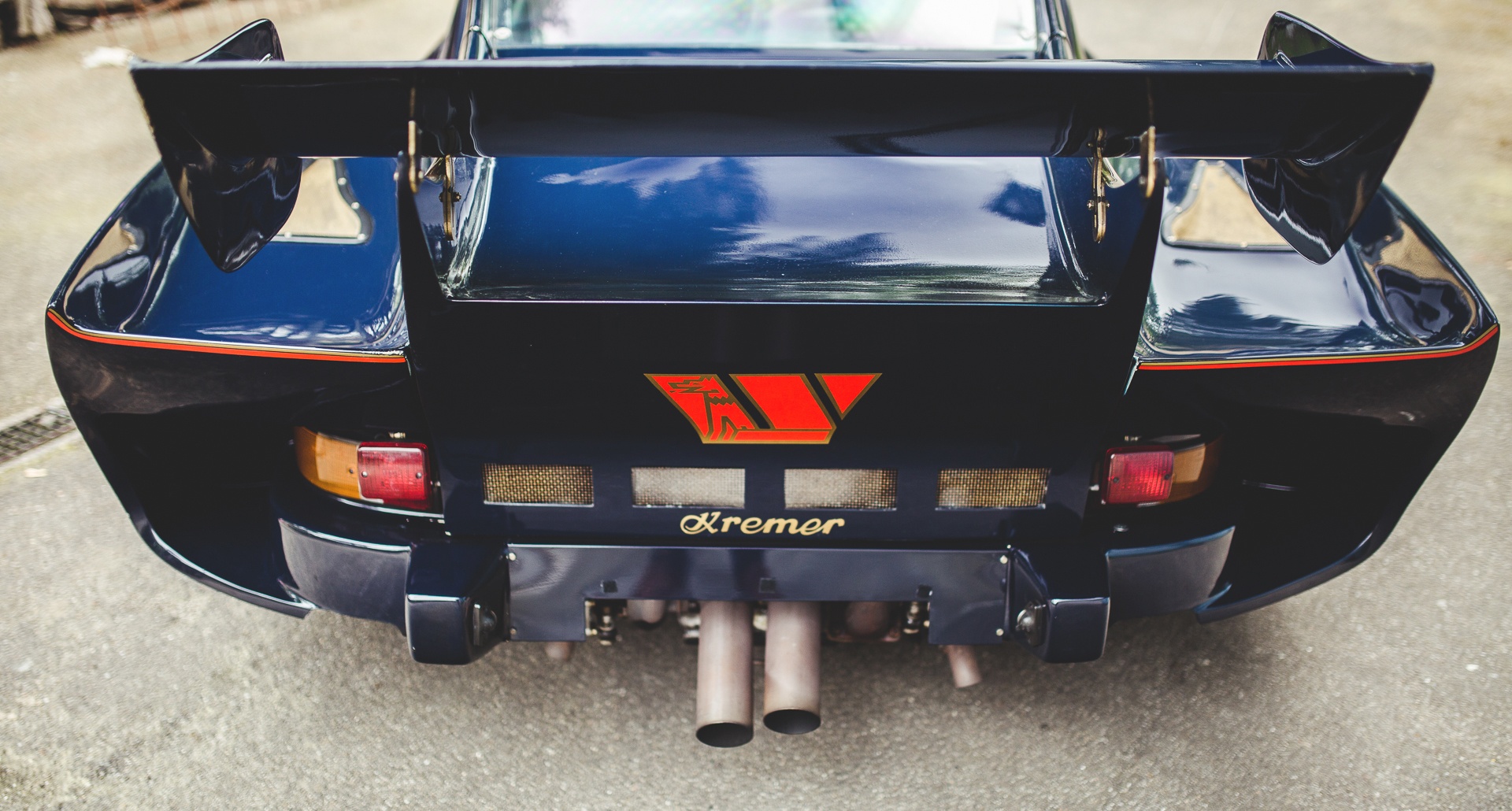
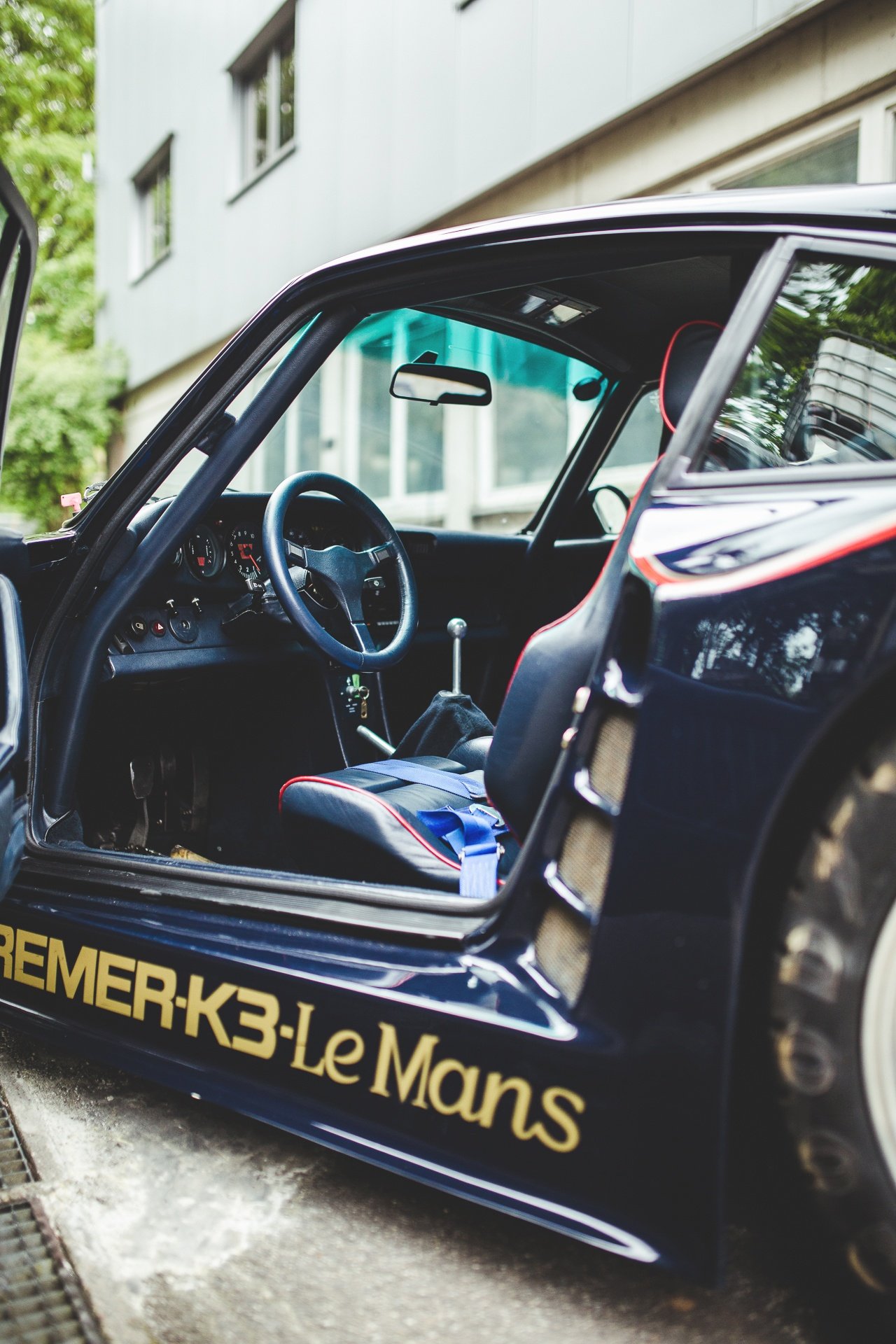
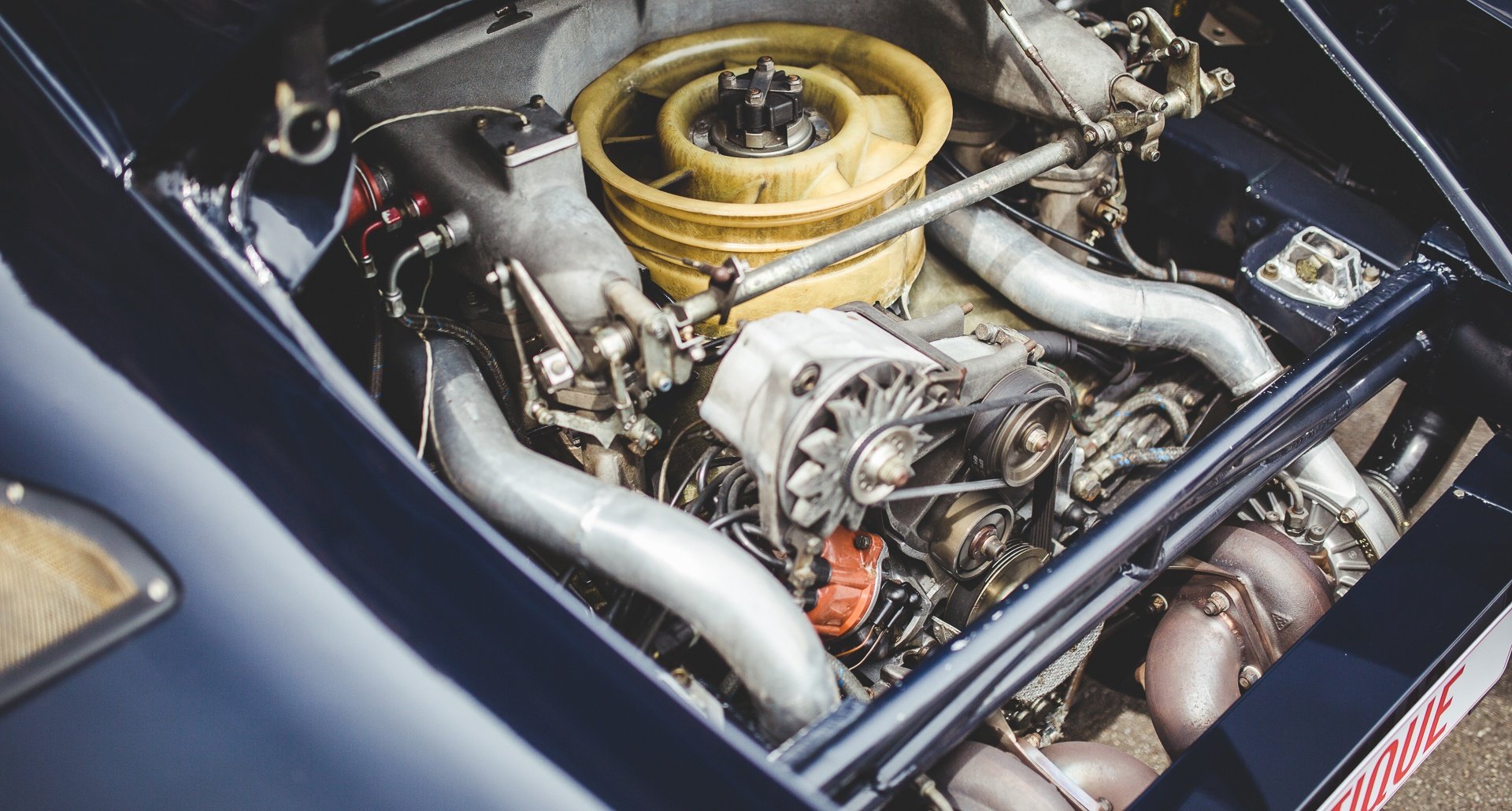
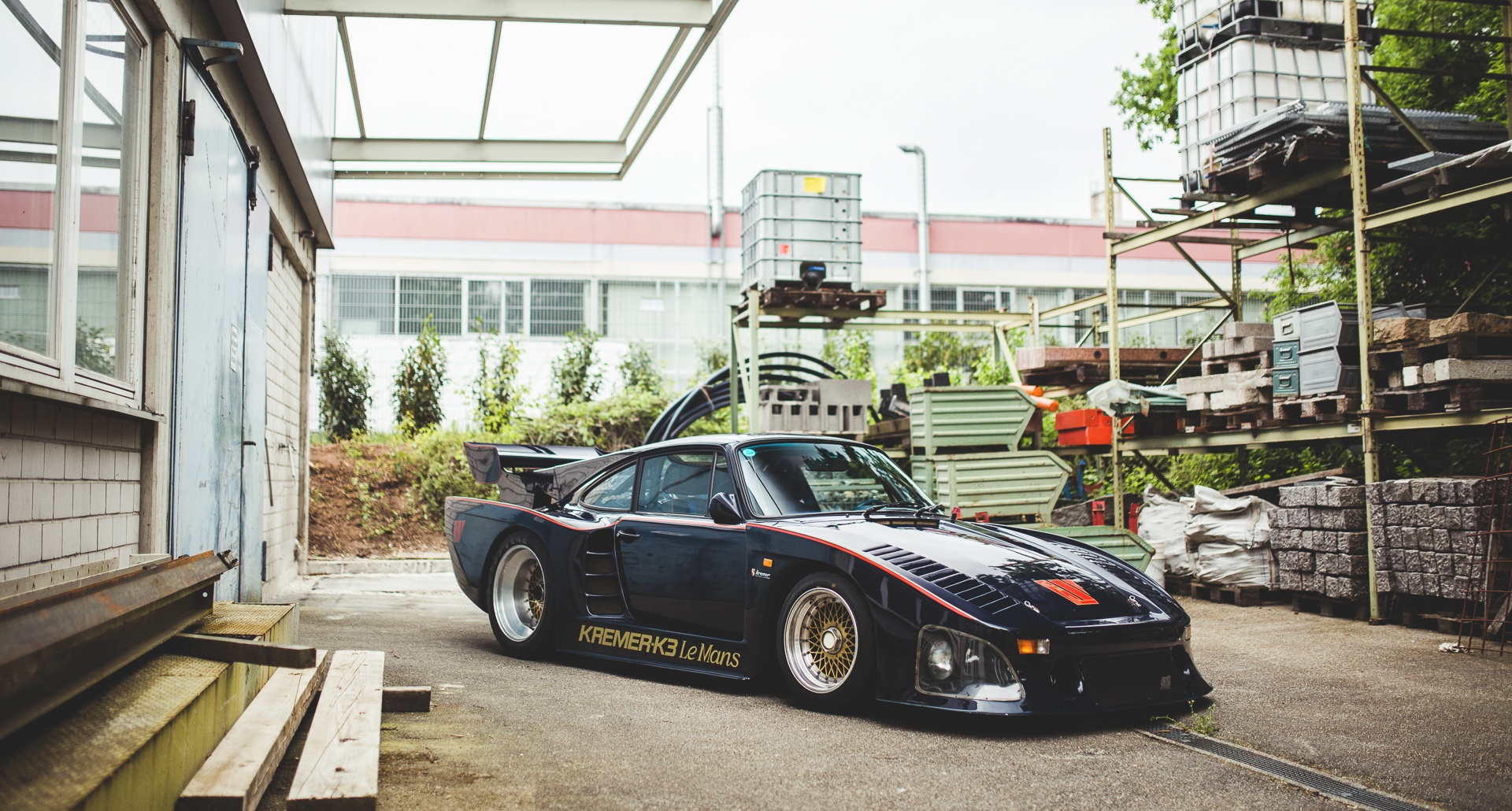



1 response
Luuuv the weekly PETROL-piece. The best antidote for whining socialists…